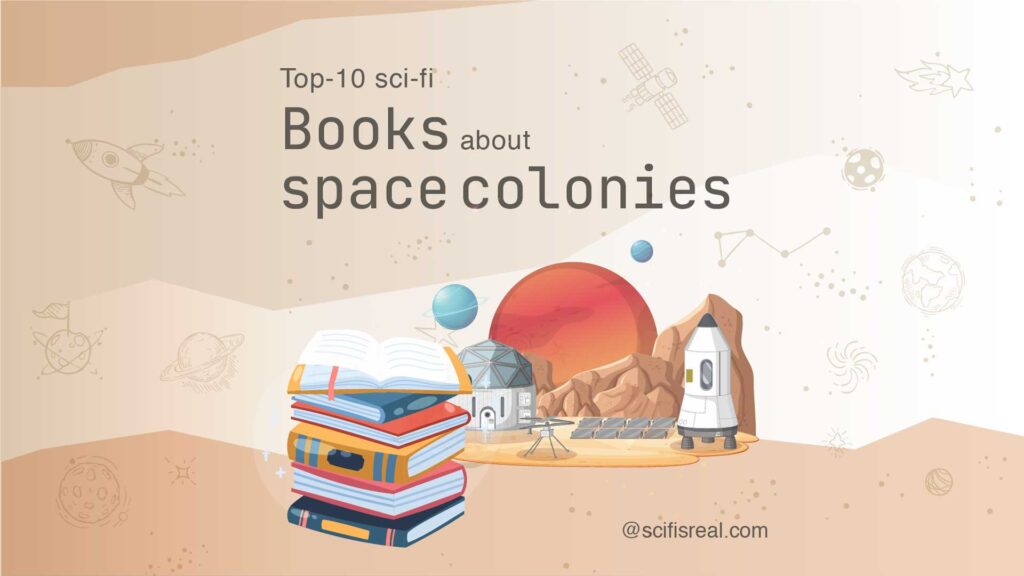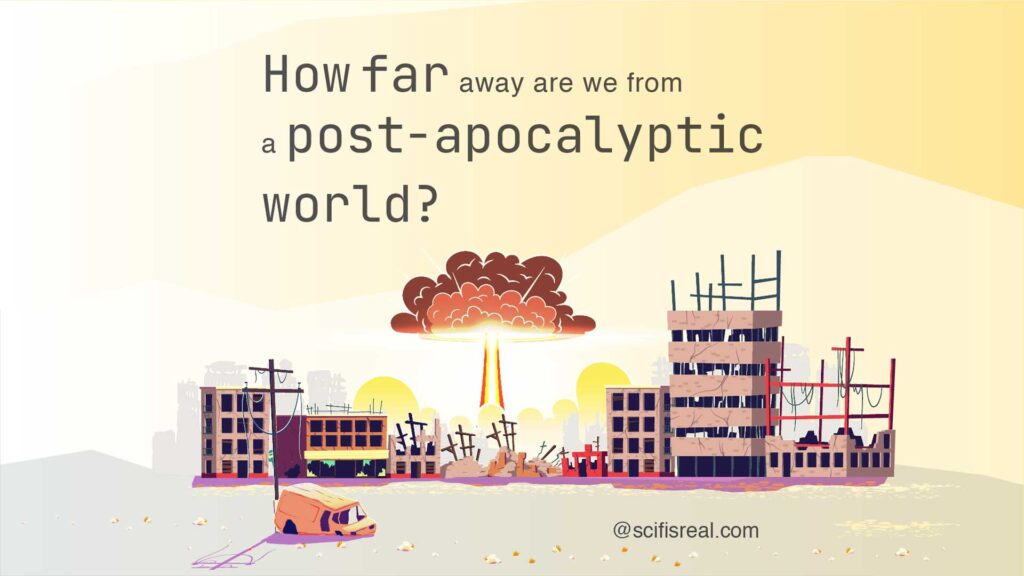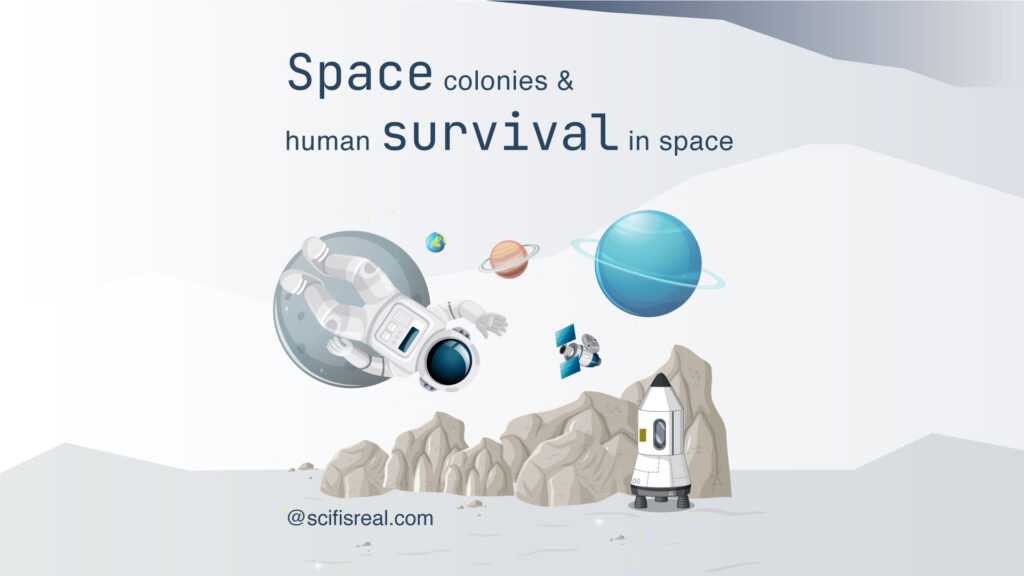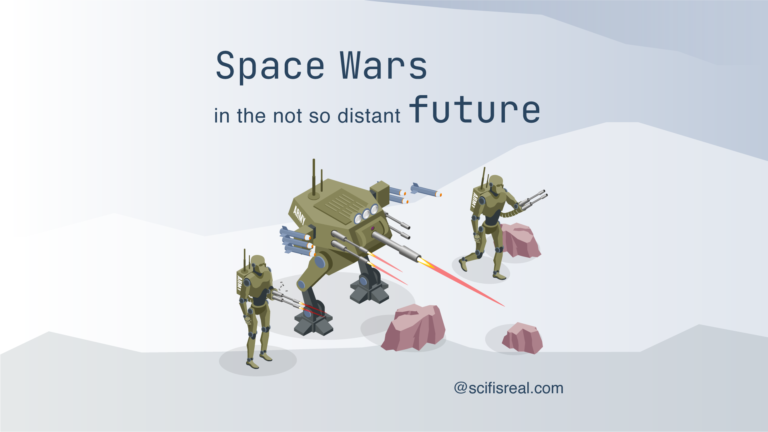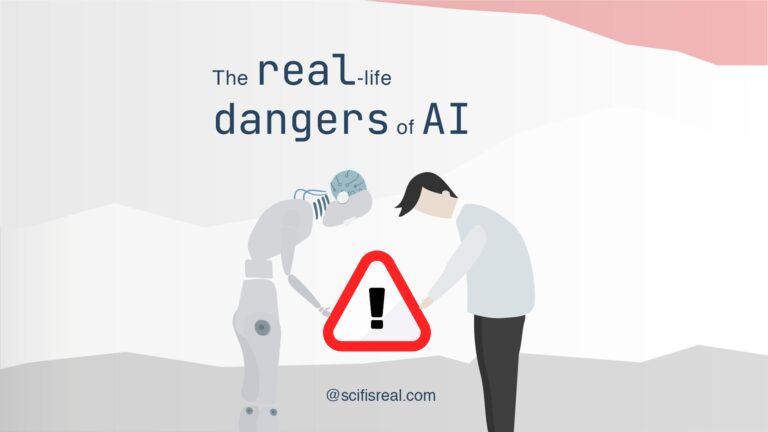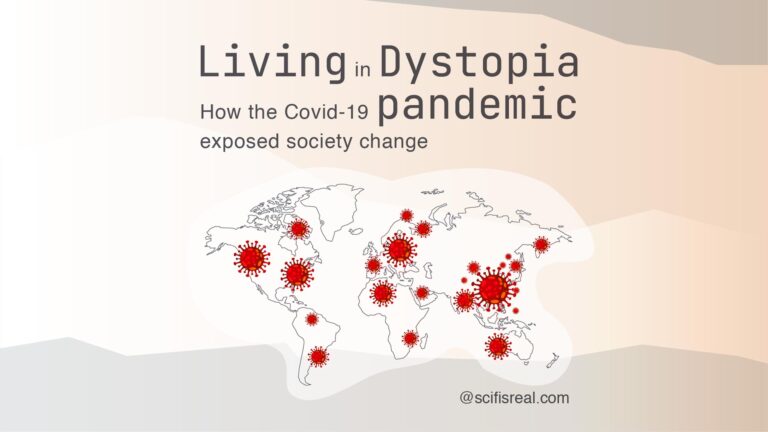Time capsules and the future of humanity’s survival
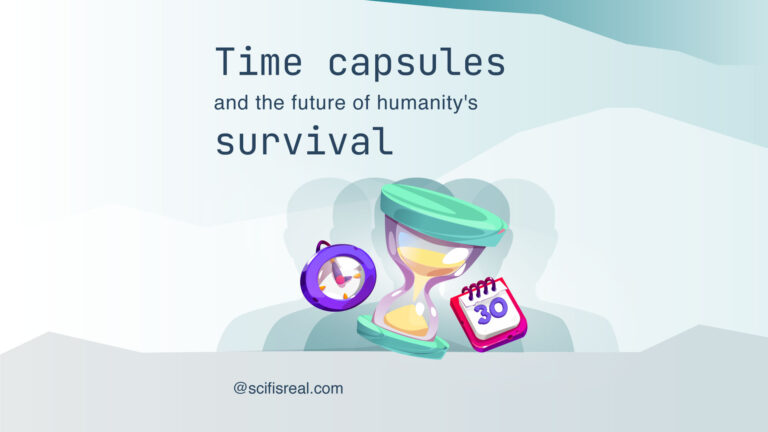
In the pursuit of preparing for the future, the concept of time capsules transcends mere archival efforts and takes on cosmic proportions as we contemplate our place in the vastness of outer space. As humanity endeavors to secure its survival beyond the confines of Earth, the meticulous curation of time capsules becomes a bridge connecting our present to an uncertain yet promising future.
Through the fusion of scientific innovation, cultural representation, and a commitment to sustainability, these capsules encapsulate the essence of our collective journey. As we embark on the frontier of space exploration, these time capsules stand as beacons, carrying the legacy of our achievements, the richness of our cultures, and the resilience of our spirit, paving the way for the generations that may one day inherit the cosmos.
How could humanity prepare for its survival?
Preparing for the future, especially in the context of outer space and the long-term survival of humanity, involves a combination of scientific, technological, and societal efforts. Here are some considerations:
Space Colonization
- Develop technologies for sustainable space habitats and colonies, possibly on the Moon, Mars, or other celestial bodies.
- Research and invest in life support systems, food production, and waste recycling for long-term space habitation.
Interplanetary Travel
- Invest in propulsion technologies that enable faster and more efficient travel between celestial bodies.
- Explore advanced propulsion concepts like ion drives, nuclear propulsion, or even theoretical concepts like the Alcubierre drive for faster-than-light travel.
Resource Utilization
- Develop technologies for extracting and utilizing resources from other celestial bodies, reducing the need to transport everything from Earth.
- Investigate asteroid mining as a potential source of valuable materials.
Space Agriculture
- Research and develop sustainable methods for growing food in space, possibly using hydroponics, aeroponics, or other advanced agricultural techniques.
- Experiment with genetically modified organisms adapted to space conditions.
Life Support Systems
- Improve and innovate life support systems to ensure the health and well-being of humans during extended space travel and habitation.
- Develop closed-loop systems for recycling air and water.
Space Time Capsules
- Consider creating digital or physical time capsules containing information about Earth, its cultures, languages, and scientific knowledge. These could be sent on long-duration missions to other star systems.
- Include instructions for accessing the information and possibly creating a two-way communication system with any intelligent life that may encounter the capsules.
Advanced Robotics and AI
- Develop advanced robotics and artificial intelligence for autonomous exploration, construction, and maintenance in space.
- Create AI systems that can adapt and learn in dynamic and unpredictable space environments.
Global Cooperation
- Encourage international collaboration in space exploration and colonization efforts to combine resources, expertise, and diverse perspectives.
- Establish protocols for peaceful and cooperative use of space resources.
Environmental Sustainability
Apply lessons learned from space exploration to improve environmental sustainability on Earth, as a sustainable and responsible approach to space endeavors starts with responsible stewardship of our home planet.
Continuous Research and Innovation
Support ongoing research and innovation in various fields, as new discoveries and technologies may open up unforeseen possibilities for space exploration and human survival.
Preparing for the future requires a holistic and collaborative approach, involving scientists, engineers, policymakers, and the public. It’s important to balance the excitement of space exploration with ethical considerations and a commitment to sustainability, both on Earth and beyond.
What should be included in a time capsule to ensure future generations receive adequate information to rebuild an evolved society and culture?
Creating a time capsule to preserve information for future generations involves careful consideration of what to include. The goal is to provide a comprehensive and representative snapshot of the current society and culture. Here are some suggestions for what to include in a time capsule:
Historical Documents: Copies of important historical documents, such as constitutions, declarations, and treaties, provide insights into the political and legal foundations of society.
Cultural Artifacts: Examples of art, literature, music, and other cultural expressions that reflect the values, beliefs, and creativity of the time.
Scientific and Technological Achievements: Descriptions of major scientific and technological achievements, including diagrams, blueprints, and explanations of key discoveries and innovations.
Educational Materials: Textbooks, educational materials, and examples of teaching methodologies to give future generations an understanding of the educational system and knowledge base.
Population and Demographic Data: Statistical information about the population, including demographics, population size, and distribution, to provide insights into the societal structure.
Media and Communication: Examples of current media, including newspapers, magazines, and digital content, to show how information and news were disseminated.
Language and Communication Samples: Samples of spoken and written language, including dictionaries, grammar guides, and recordings, to document the evolution of language.
Technology and Gadgets: Examples of current technology, gadgets, and devices, along with user manuals, demonstrate the state of technological advancement.
Environmental Data: Data on the environment, climate, and ecological conditions, including any ongoing environmental challenges and efforts to address them.
Fashion and Design: Clothing, fashion magazines, and design samples to illustrate prevailing styles and trends in fashion and aesthetics.
Daily Life Artifacts: Items representing daily life, such as household items, tools, and personal objects, provide a glimpse into the daily routines and lifestyles of the time.
Ethical and Philosophical Statements: Statements and writings reflecting societal values, ethics, and philosophical perspectives to convey the moral and ethical considerations of the era.
Global Events and Trends: Information on major global events, trends, and geopolitical situations, as they shape the context in which society operates.
Health and Medical Advances: Information on health practices, medical technologies, and advancements in healthcare, including details about prevalent diseases and their treatments.
Personal Stories and Testimonials: Personal narratives, interviews, or testimonials from individuals representing diverse backgrounds and experiences to humanize the historical record.
Instructions on how to access and interpret the information, as well as any necessary translation guides for languages that might evolve over time also need to be included. It’s also important to consider the materials used to create the time capsule to ensure durability and preservation over an extended period.
Are time capsules for humanity’s survival already being prepared?
The creation of time capsules and repositories of information for future generations is a concept that has been discussed and implemented to varying degrees. Various projects and initiatives have aimed to preserve information about our current society and culture for the benefit of future generations or even for potential extraterrestrial encounters. Here are a few examples:
- NASA’s Golden Record (Voyager Spacecraft): Launched with the Voyager 1 and Voyager 2 spacecraft in 1977, the Golden Record is a collection of sounds and images selected to represent Earth. It includes greetings in 55 languages, music from different cultures, and natural sounds. The purpose is to provide a snapshot of human culture and knowledge in case the spacecraft encounters extraterrestrial intelligence.
- The Rosetta Project: This is a global collaboration that aims to create a digital archive of all documented human languages. It includes a physical Rosetta Disk, a nickel archive disk with microscopic text, designed to last for thousands of years. The project’s goal is to provide a durable and long-term record of linguistic diversity.
- Global Seed Vault: While not exactly a time capsule, the Svalbard Global Seed Vault in Norway serves as a secure backup storage facility for the world’s seed collections. It is intended to safeguard global biodiversity and provide a resource for future generations in the event of catastrophic events.
- Various Artistic and Cultural Time Capsules: Different communities and organizations have created time capsules containing a range of cultural artifacts, documents, and memorabilia. These are often buried or stored in specific locations with instructions for future retrieval.
- Digital Archives and Libraries: Efforts are ongoing to create digital archives and libraries to preserve vast amounts of information. Institutions such as the Library of Congress and various national archives are working to digitize historical documents and records.
It’s worth noting that the effectiveness of these initiatives depends on factors such as the durability of the storage medium, ongoing maintenance, and the ability of future generations to access and understand the information. As technology advances, new methods of preserving and transmitting information may be developed.
